Fermented Giardiniera: A Global Celebration of Spice and Fermentation
Spice has always been the soul of culinary traditions around the world. But what happens when you take a classic Italian condiment—giardiniera—and give it the global fermented twist? You get fermented giardiniera, a tangy, spicy, crunchy marvel that's taking flavor lovers by storm.
In this article, we’ll explore how different cultures have embraced fermentation with their own unique spice profiles, all while celebrating the spirit of Global Spice Traditions.
Table of Contents
- What is Fermented Giardiniera?
- Global Variations: How the World Does Fermented Giardiniera
- Why Ferment Giardiniera?
- 5 Practical Tips for Perfect Fermented Giardiniera
- The Spice Factor: Unlocking Flavor Profiles Around the World
- Pairing Fermented Giardiniera Like a Pro
- Conclusion
What is Fermented Giardiniera?
Traditional giardiniera is an Italian pickled vegetable medley, often served as a condiment on sandwiches or antipasto platters. The classic version uses vinegar, oil, and spices to preserve vegetables like cauliflower, carrots, bell peppers, and chili peppers. But here’s where things get interesting:
Fermented giardiniera skips the vinegar in favor of natural lacto-fermentation. This means instead of relying on acidic brine, you let wild bacteria do the work, creating a sour tang and a host of probiotic benefits.
The Magic of Lacto-Fermentation
Lacto-fermentation occurs when naturally occurring lactic acid bacteria break down sugars in vegetables. This process not only preserves them but also enhances their nutritional value and flavor complexity.
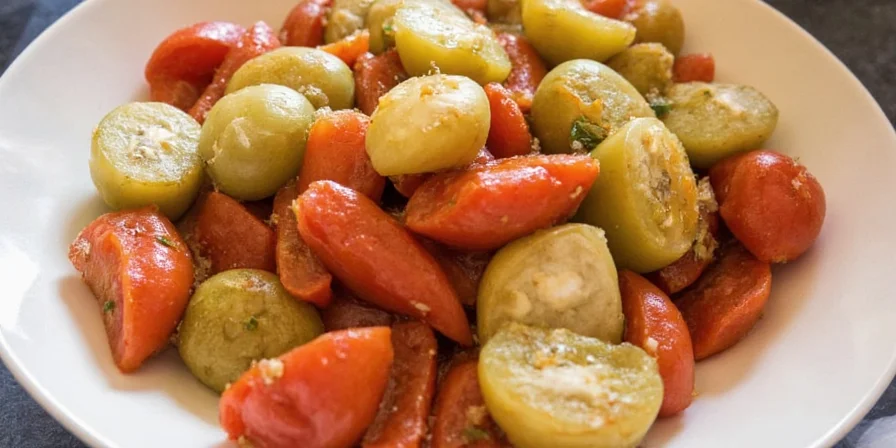
Global Variations: How the World Does Fermented Giardiniera
While giardiniera is rooted in Italian cuisine, its fermented cousin has taken on exciting new identities across continents. Here's how different cultures add their spice signature to the mix:
| Region | Vegetables Used | Spice & Herb Profile | Fermentation Style |
|---|---|---|---|
| Italy (Classic) | Cauliflower, Peppers, Celery | Chili flakes, Oregano, Garlic | Mild vinegar-based quick ferment |
| Korea | Napa Cabbage, Radish, Chili | Gochootgaru (Korean chili powder), Ginger, Fish sauce | Kimchi-style lacto-fermentation |
| India | Mango, Cauliflower, Carrots | Mustard seeds, Fenugreek, Turmeric, Red chili powder | Oil-sealed anaerobic fermentation |
| Mexico | Jalapeños, Onions, Zucchini | Garlic, Cumin, Epazote | Brine-soaked pickling with optional fermentation |
| Eastern Europe | Cabbage, Beets, Carrots | Caraway, Dill, Black pepper | Long-term lacto-fermented crocks |
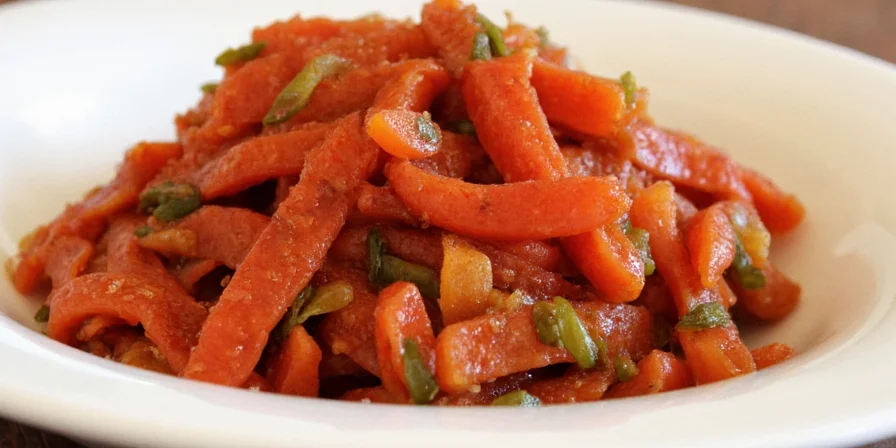
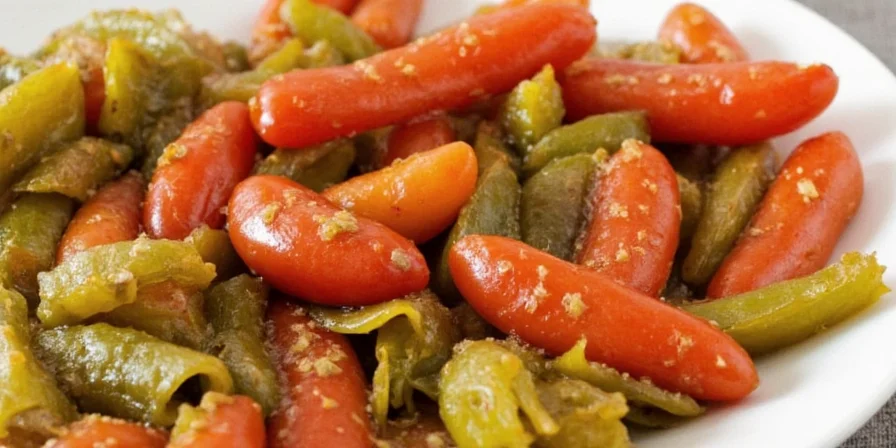
Why Ferment Giardiniera?
You might be wondering why go through the effort of fermenting when regular giardiniera is already so delicious. Well, here are some compelling reasons:
- Probiotic Powerhouse: Fermented foods support gut health with live beneficial bacteria.
- Deeper Flavor: Natural fermentation develops complex, umami-rich flavors over time.
- No Vinegar Required: Skip the harsh acidity and enjoy a smoother, more balanced taste.
- Customizable Heat: Control your spice level by adjusting chilies or using different regional spice blends.
5 Practical Tips for Perfect Fermented Giardiniera
If you're ready to dive into the world of fermentation, here are some tried-and-true tips to help you nail your first (or next!) batch:
- Salt Matters: Use non-iodized salt like sea salt or kosher salt. Aim for about 2–3% salt by weight for safe fermentation.
- Veggie Prep: Cut everything uniformly for even fermentation. Don’t forget to remove any damaged or soft parts.
- Use a Weight: Keep vegetables submerged under the brine to prevent mold growth. Glass weights or cabbage leaves work great.
- Patience Pays Off: Let your giardiniera ferment for at least 5 days at room temperature. Taste daily after day 4 to find your perfect balance.
- Store It Right: Once fermented, store in the fridge to slow the process and keep the crunch!
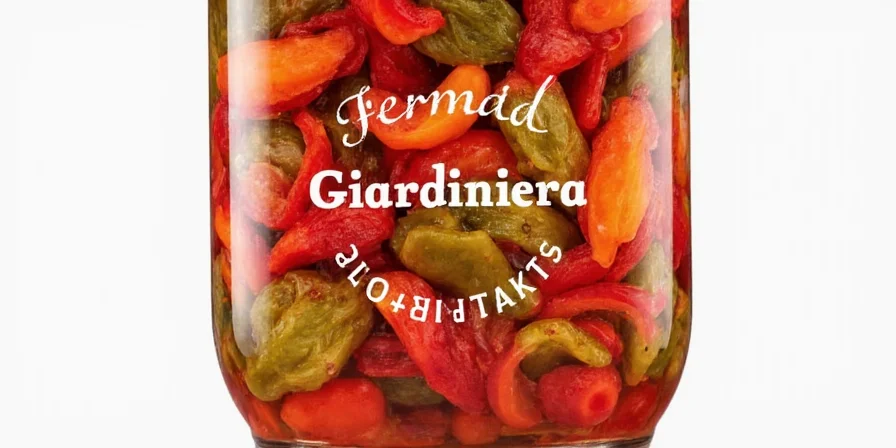
The Spice Factor: Unlocking Flavor Profiles Around the World
One of the most exciting parts of making fermented giardiniera is playing with spices. Here’s a breakdown of common global spice blends and how they can transform your batch:
- Italian Blend: Garlic, oregano, fennel seeds, chili flakes — perfect for that classic Chicago-style giardiniera vibe.
- Korean Gochugaru: Smoky, slightly sweet red chili powder adds depth without overpowering heat.
- Indian Masala Mix: Mustard seeds, turmeric, cumin, and fenugreek create earthy warmth and vibrant color.
- Mexican Combo: Add epazote, cumin, and dried pasilla chilies for smoky heat and herbal notes.
- Mediterranean Twist: Coriander, dill, lemon zest, and black pepper bring bright, fresh flavors.
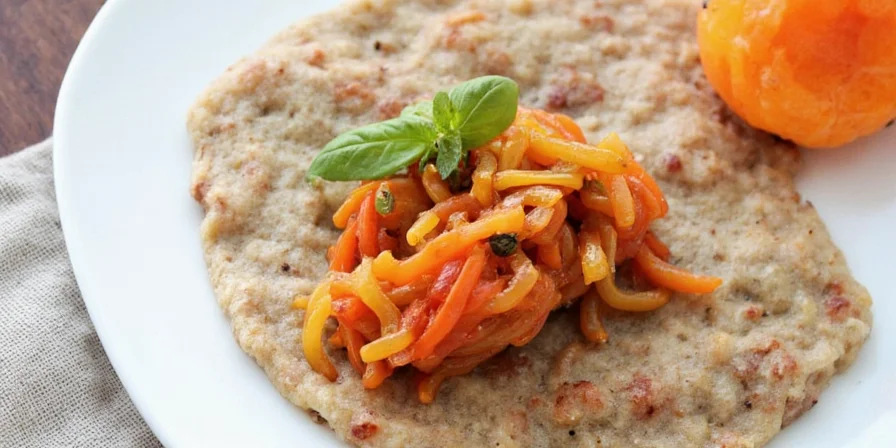
Pairing Fermented Giardiniera Like a Pro
Once you’ve got your fermented giardiniera ready, the real fun begins: figuring out what to pair it with! Here are some pro-level combinations that’ll make your tastebuds sing:
- Chicago Dog Upgrade: Swap traditional relish with fermented giardiniera for a tangy, spicy kick.
- Charcuterie Board Hero: Add it to a board with aged cheeses, cured meats, and crusty bread.
- Pizza Topping: Try it on white pizza with mozzarella and a drizzle of olive oil.
- Burrito Boost: Throw a few spoonfuls into your next burrito bowl for a fermented pop of flavor.
- Egg Sandwich Surprise: Slap it between two slices of toasted sourdough with a fried egg — breakfast just got better.
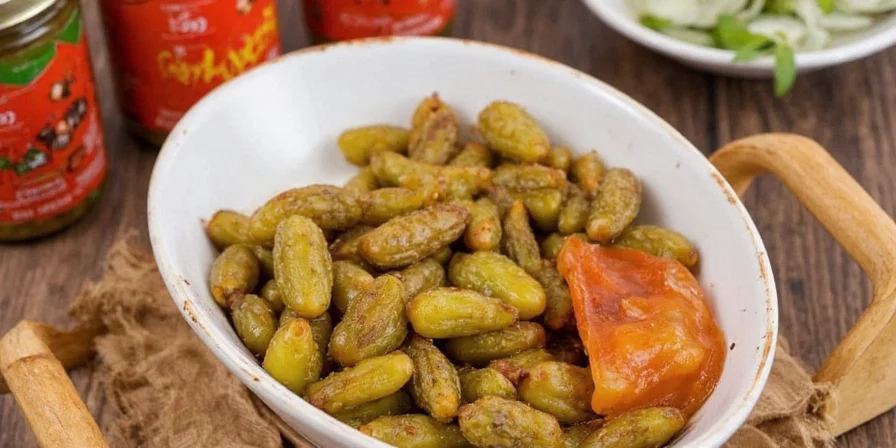
Conclusion
Fermented giardiniera isn't just a condiment — it's a celebration of global spice traditions and the ancient art of fermentation. Whether you're keeping it classic with Italian roots or spicing things up with Indian masalas or Korean gochugaru, there's a version out there for every palate.
So grab your favorite veggies, play with global spices, and let nature do the rest. Your taste buds — and your gut — will thank you.
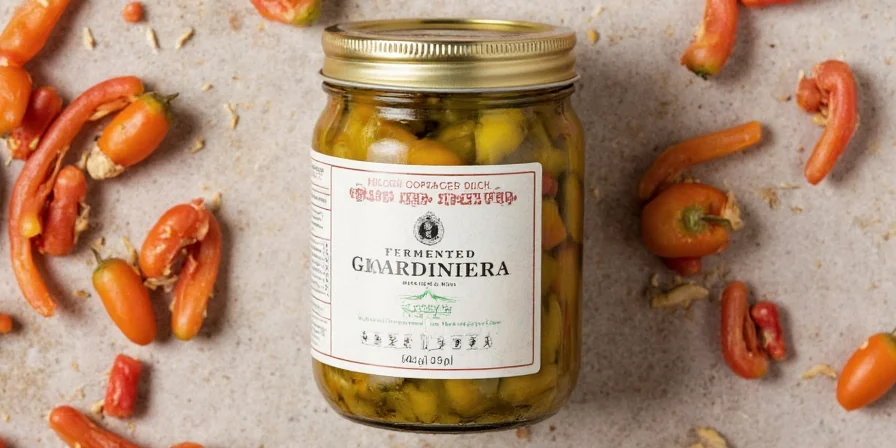

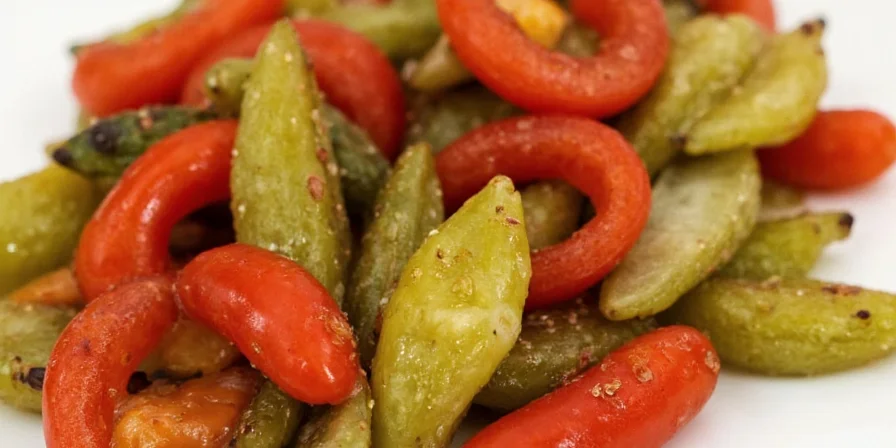









 浙公网安备
33010002000092号
浙公网安备
33010002000092号 浙B2-20120091-4
浙B2-20120091-4